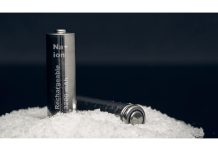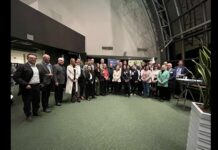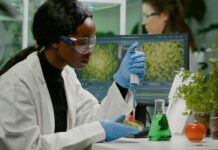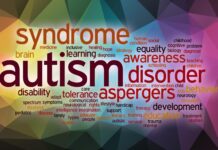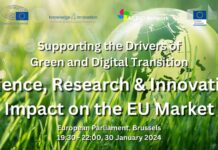Scientists can reverse aging in mice. The goal is to do the same for humans.
In molecular biologist David Sinclair’s lab at Harvard Medical School, old mice are growing young again. (related: https://hms.harvard.edu/news/vision-revision)
Using proteins that can turn an adult cell into a stem cell, Sinclair and his team have reset aging cells in mice to earlier versions of themselves. In his team’s first breakthrough, published in late 2020, old mice with poor eyesight and damaged retinas could suddenly see again, with vision that at times rivaled their offspring’s.

“It’s a permanent reset, as far as we can tell, and we think it may be a universal process that could be applied across the body to reset our age,” said Sinclair, who has spent the last 20 years studying ways to reverse the ravages of time.
“If we reverse aging, these diseases should not happen. We have the technology today to be able to go into your hundreds without worrying about getting cancer in your 70s, heart disease in your 80s and Alzheimer’s in your 90s.” Sinclair told an audience at Life Itself, a health and wellness event presented in partnership with CNN.
“This is the world that is coming. It’s literally a question of when and for most of us, it’s going to happen in our lifetimes,” Sinclair told the audience.
“His research shows you can change aging to make lives younger for longer. Now he wants to change the world and make aging a disease,” said Whitney Casey, an investor who is partnering with Sinclair to create a do-it-yourself biological age test.
While modern medicine addresses sickness, it doesn’t address the underlying cause, “which for most diseases, is aging itself,” Sinclair said. “We know that when we reverse the age of an organ like the brain in a mouse, the diseases of aging then go away. Memory comes back; there is no more dementia.
“I believe that in the future, delaying and reversing aging will be the best way to treat the diseases that plague most of us.”
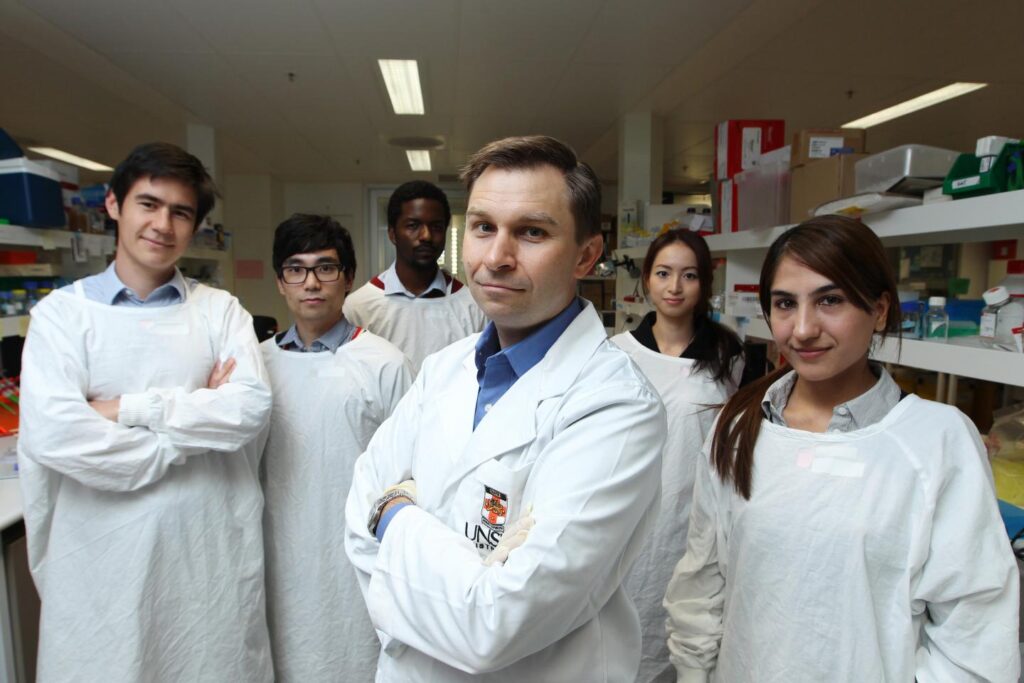
A reset button
In Sinclair’s lab, two mice sit side by side. One is the picture of youth, the other gray and feeble. Yet they are brother and sister, born from the same litter – only one has been genetically altered to age faster.
If that could be done, Sinclair asked his team, could the reverse be accomplished as well? Japanese biomedical researcher Dr. Shinya Yamanaka had already reprogrammed human adult skin cells to behave like embryonic or pluripotent stem cells, capable of developing into any cell in the body. The 2007 discovery won the scientist a Nobel Prize, and his “induced pluripotent stem cells,” soon became known as “Yamanaka factors.”
However, adult cells fully switched back to stem cells via Yamanaka factors lose their identity. They forget they are blood, heart and skin cells, making them perfect for rebirth as “cell du jour,” but lousy at rejuvenation. You don’t want Brad Pitt in “The Curious Case of Benjamin Button” to become a baby all at once; you want him to age backward while still remembering who he is.
Labs around the world jumped on the problem. A study published in 2016 by researchers at the Salk Institute for Biological Studies in La Jolla, California, showed signs of aging could be expunged in genetically aged mice, exposed for a short time to four main Yamanaka factors, without erasing the cells’ identity.
But there was a downside in all this research: In certain situations, the altered mice developed cancerous tumors. (more on the scientific research: https://hms.harvard.edu/news/loss-epigenetic-information-can-drive-aging-restoration-can-reverse)
Looking for a safer alternative, Sinclair lab geneticist Yuancheng Lu chose three of the four factors and genetically added them to a harmless virus. The virus was designed to deliver the rejuvenating Yamanaka factors to damaged retinal ganglion cells at the back of an aged mouse’s eye. After injecting the virus into the eye, the pluripotent genes were then switched on by feeding the mouse an antibiotic.
“The antibiotic is just a tool. It could be any chemical really, just a way to be sure the three genes are switched on,” Sinclair said. “Normally they are only on in very young developing embryos and then turn off as we age.”
Amazingly, damaged neurons in the eyes of mice injected with the three cells rejuvenated, even growing new axons, or projections from the eye into the brain. Since that original study, Sinclair said his lab has reversed aging in the muscles and brains of mice and is now working on rejuvenating a mouse’s entire body.
“Somehow the cells know the body can reset itself, and they still know which genes should be on when they were young,” Sinclair said. “We think we’re tapping into an ancient regeneration system that some animals use – when you cut the limb off a salamander, it regrows the limb. The tail of a fish will grow back; a finger of a mouse will grow back.”
That discovery indicates there is a “backup copy” of youthfulness information stored in the body, he added.
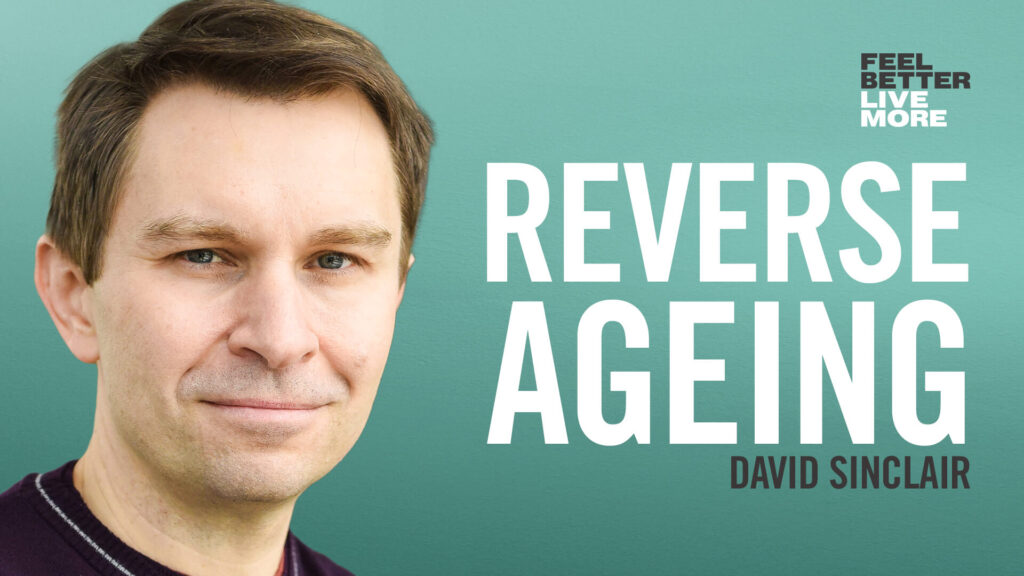
“I call it the information theory of aging,” he said. “It’s a loss of information that drives aging cells to forget how to function, to forget what type of cell they are. And now we can tap into a reset switch that restores the cell’s ability to read the genome correctly again, as if it was young.”
While the changes have lasted for months in mice, renewed cells don’t freeze in time and never age (like, say, vampires or superheroes), Sinclair said. “It’s as permanent as aging is. It’s a reset, and then we see the mice age out again, so then we just repeat the process.
“We believe we have found the master control switch, a way to rewind the clock,” he added. “The body will then wake up, remember how to behave, remember how to regenerate and will be young again, even if you’re already old and have an illness.”



